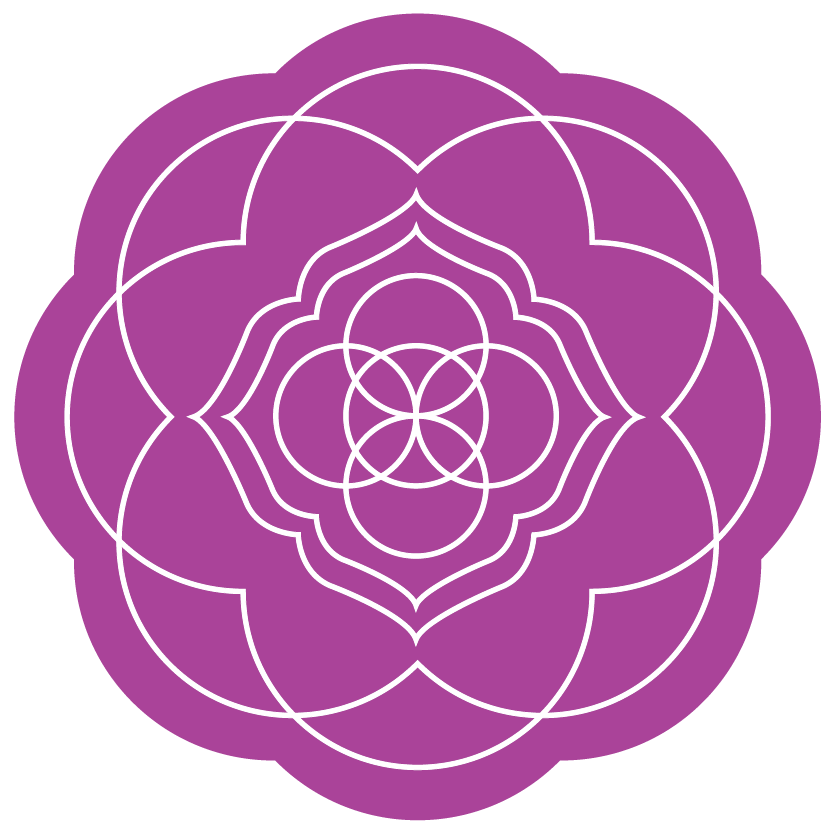Are you concerned about your anger? Learn how ACT can help.
Anger is a commonly experienced human emotion that can cause significant suffering and requires compassion on the healing journey. Sometimes anger presents differently for women - it may be internalized more and taken out on oneself. In my work as a psychologist, I’ve found that “ACT on life not on anger: The New Acceptance and Commitment Therapy Guide to Problem Anger” provides a fantastic framework for understanding and healing anger. The book is based on Acceptance and Commitment Therapy (ACT) which, in a nutshell, guides healing through 1) acceptance of thoughts and feelings, 2) valued life directions, and 3) taking actions based on values.
How is your approach to anger working?
Is the way that you’ve been approaching your anger working for you? Traditional ways of coping with anger emphasize “anger management” which can actually feed the struggle with anger. The emotion of anger itself is not usually the problem. It’s often what we DO with anger - act out aggressively by throwing something or yelling at a loved one, or ruminating over how guilty we feel experiencing anger – that causes distress! Consider the metaphor “feeding the anger tiger” which illustrates what happens when we act on our anger. Like a baby tiger, we may choose to feed anger by acting on it when it seems small and harmless. However, over time the tiger grows big, strong, and perhaps scary and threatening as we feed it. Like feeding the tiger, the more we feed anger, the more it controls and scares us. And often the more destructive and concerning our anger becomes.
Anger as a secondary emotion
We tend to get caught up in anger, as anger is often a secondary emotion that helps us avoid or cover up another unwanted emotion. As humans, we all get caught up in avoidance of emotions in different ways, depending on which emotions we find more difficult to experience. “Act on life not on anger” assists readers in debunking myths about anger and further breaking down anger in order to identify the “pre-anger” emotions. For example, it may be easier to feel anger than it is to feel hopeless, so when hopelessness arises, you look (perhaps unconsciously) for something to fuel anger. In order to heal anger, we must go below the surface and work with the emotions that really get us stuck.
The Alternative to Struggling with Anger
If you’ve decided that you’d like to approach your anger differently, there are wonderful exercises that illustrate acceptance and mindfulness approaches as an alternative to the anger struggle in “Act on life not on anger.” When you choose to stop feeding the tiger, compassion, mindfulness, and forgiveness are necessary. Also, connecting to what is important to you and committing to make choices in your life accordingly is key. These are not easy steps to take on the healing journey; however, the structured exercises in this book should be helpful to anyone ready to go beyond managing anger to truly healing their anger and living a more fulfilling life.
It can be really helpful to work with someone as you as read through this book and apply the material to your life. Contact us to consult with one our Chicago therapists if you would like to work together to heal your anger.
Read the original review @allthingshealing


